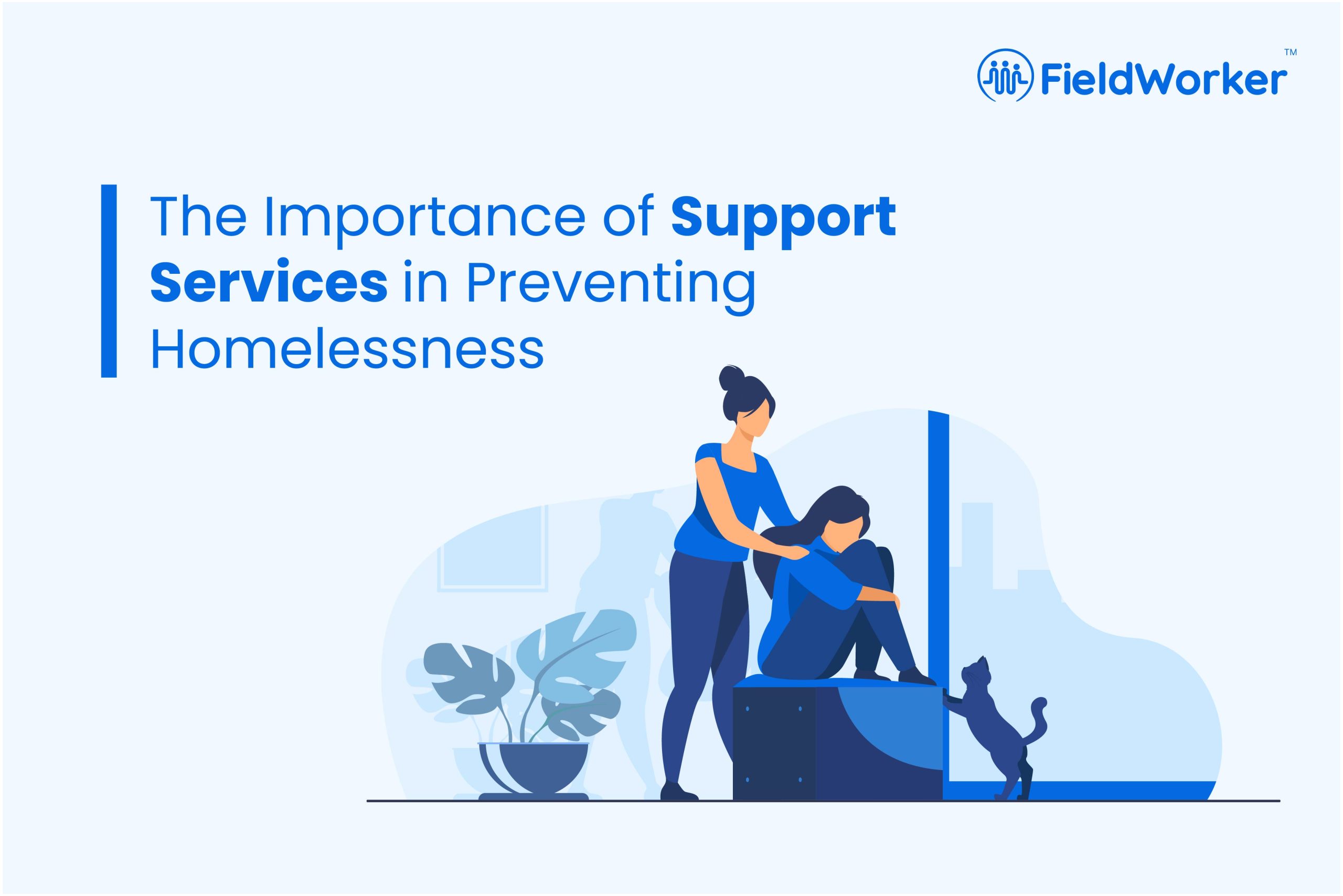Homelessness is becoming an increasingly urgent issue in the USA. As of July 2024, a survey by YouGov indicates that 66.7% of Americans are facing displacement, up from 54% in 2022. This trend raises two important questions: Why is this happening, and can we prevent it?
In short, homelessness is driven by various factors, including wage disparities and social inequality. The good news is that we can address these challenges through effective support systems. Let’s explore the reasons behind homelessness and potential solutions.
Reasons Behind People Facing Homelessness
Many factors contribute to the growing issue of homelessness in the US. They primarily include minimum wage disparity vs high prices of real estate, disabilities of people, and more.
Find out all about these factors as we uncover them now:
- Disparity Between Wage and Rising Cost of Real Estate
The gap between worker wages and housing costs is widening. According to the National Association of Realtors, home prices have surged by 47%, while wages have increased by only 16% in recent years. This difference between wage and buying costs makes home ownership increasingly unattainable for minimum-wage earners, leading to a housing crisis.
- Homelessness Due to Mental or Physical Disability
Disability significantly impacts homelessness. A survey by Easterseals found that 42.8% of displaced individuals are disabled, despite only 17.7% of the entire US population having disabilities. Issues such as substance abuse and mental health challenges can make it difficult for these individuals to maintain stable housing. - Homelessness Due to Domestic Troubles
Domestic issues are another leading cause of homelessness, particularly for women. The National Domestic Violence Hotline reports that over 38% of women experience homelessness due to escaping difficult situations. Support services often step in to provide immediate shelter and resources. - Racial Disparity Behind Homelessness
Racial discrimination also plays a significant role in homelessness. Many individuals from African American, Asian, and Native American communities face obstacles when seeking permanent housing. According to Vox, more than 17% of Hispanic and African Americans encounter discrimination while searching for affordable apartments, often leading to substandard living conditions and homelessness.
Ways to Address the Problem
While the challenges are significant, there are effective strategies to combat homelessness. They include designing a crisis response, helping out the most vulnerable, or a coordinated approach to tackle the situation. Find out more:
- A Coordinated Approach
Collaboration between support services and government agencies can make a significant difference. Together, they can ensure that vulnerable populations, including homeless children and women, have access to nutrition, education, and healthcare. By combining resources, we can help individuals struggling with substance abuse find rehabilitation and stable housing.
- More Rapid Housing Projects
Rapid housing initiatives provide temporary shelter for those experiencing homelessness, allowing them time to stabilize their lives. A report by the National Low Income Housing Coalition shows that 70% of participants in rapid rehousing programs successfully transition to permanent homes. Support systems play a crucial role in facilitating these programs.
- Prioritizing the Most Vulnerable
Chronic homelessness often requires tailored support. Permanent supportive housing provides essential resources, helping individuals learn tenancy skills and connect with employment opportunities. According to the Corporation of Supportive Housing, over 86% of those placed in stable housing report improved well-being.
- Designing Crisis Response
Crisis response strategies focus on identifying risks before they lead to homelessness. By offering timely assistance and creating emergency shelters, support systems for homelessness can prevent individuals from becoming homeless.
- Increasing Income
Financial instability is a core issue driving homelessness. By enhancing employability through skills training and job placement support, we can empower individuals to secure higher-paying jobs and achieve financial independence.
FAQs
Parting thoughts
Support services are vital in preventing homelessness. Effective operation of these services is essential, and platforms like FieldWorker can streamline coordination between service providers and government agencies. By enhancing communication and tracking client needs, we can work together to prevent homelessness and create lasting change.

